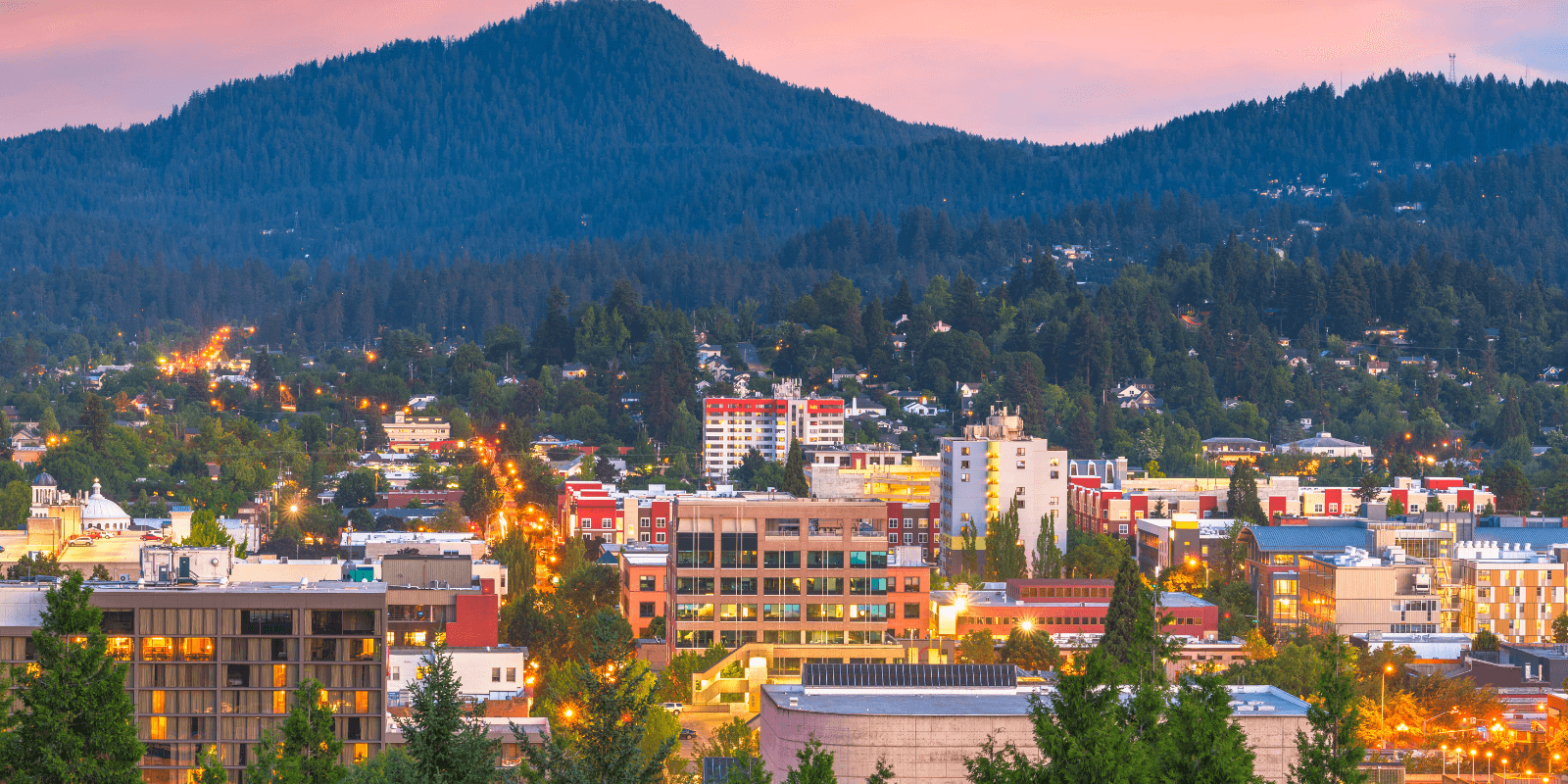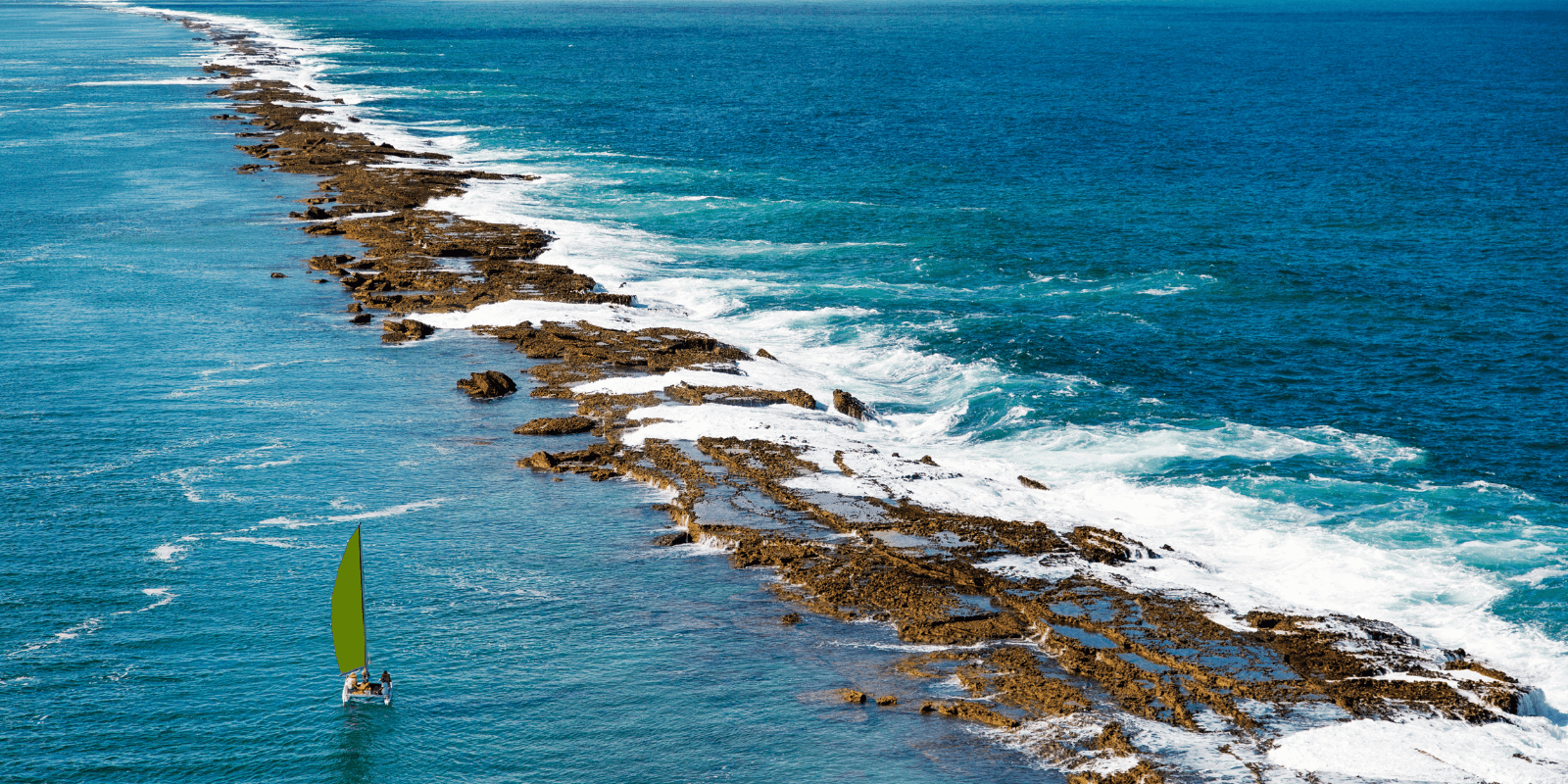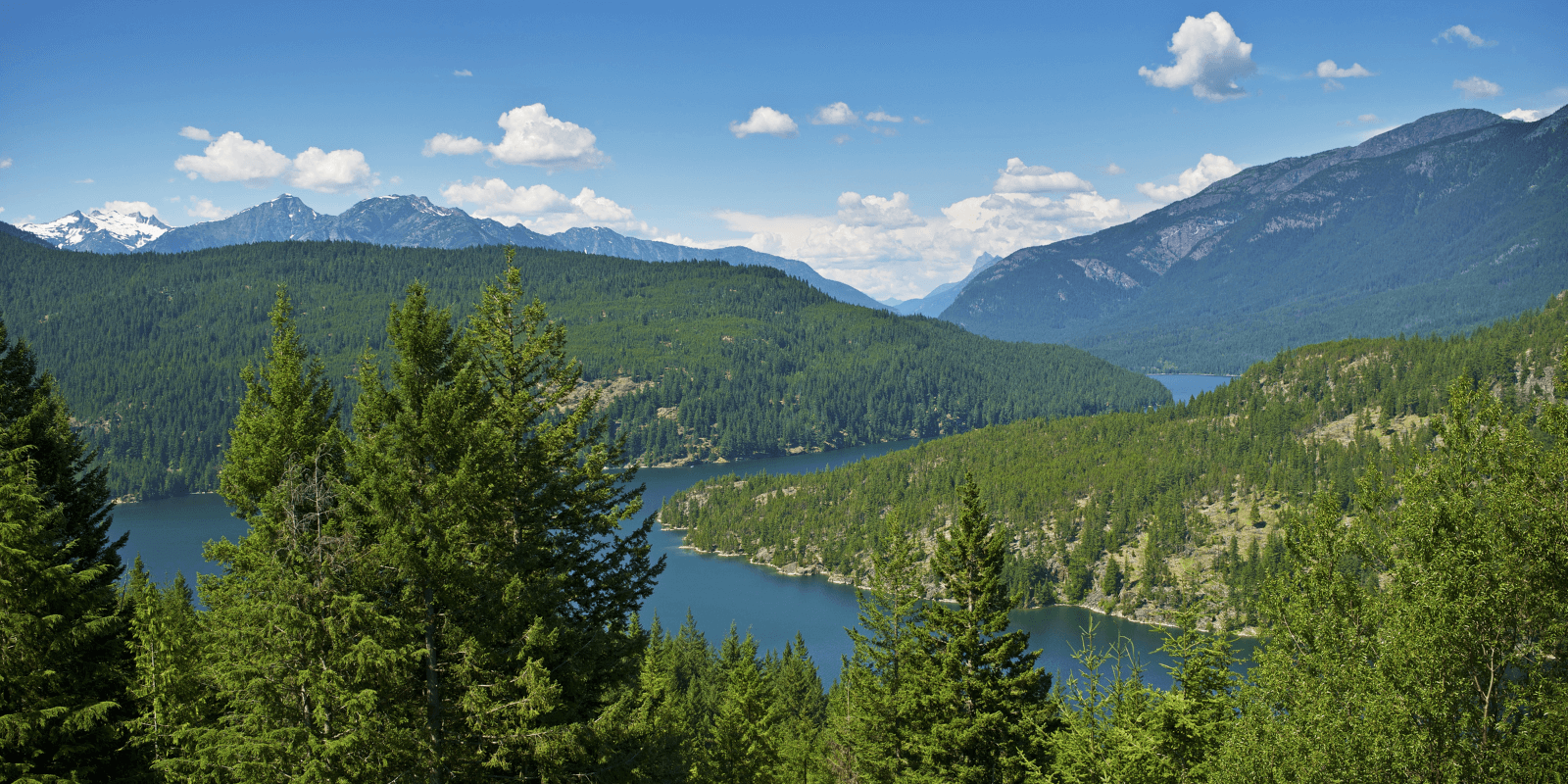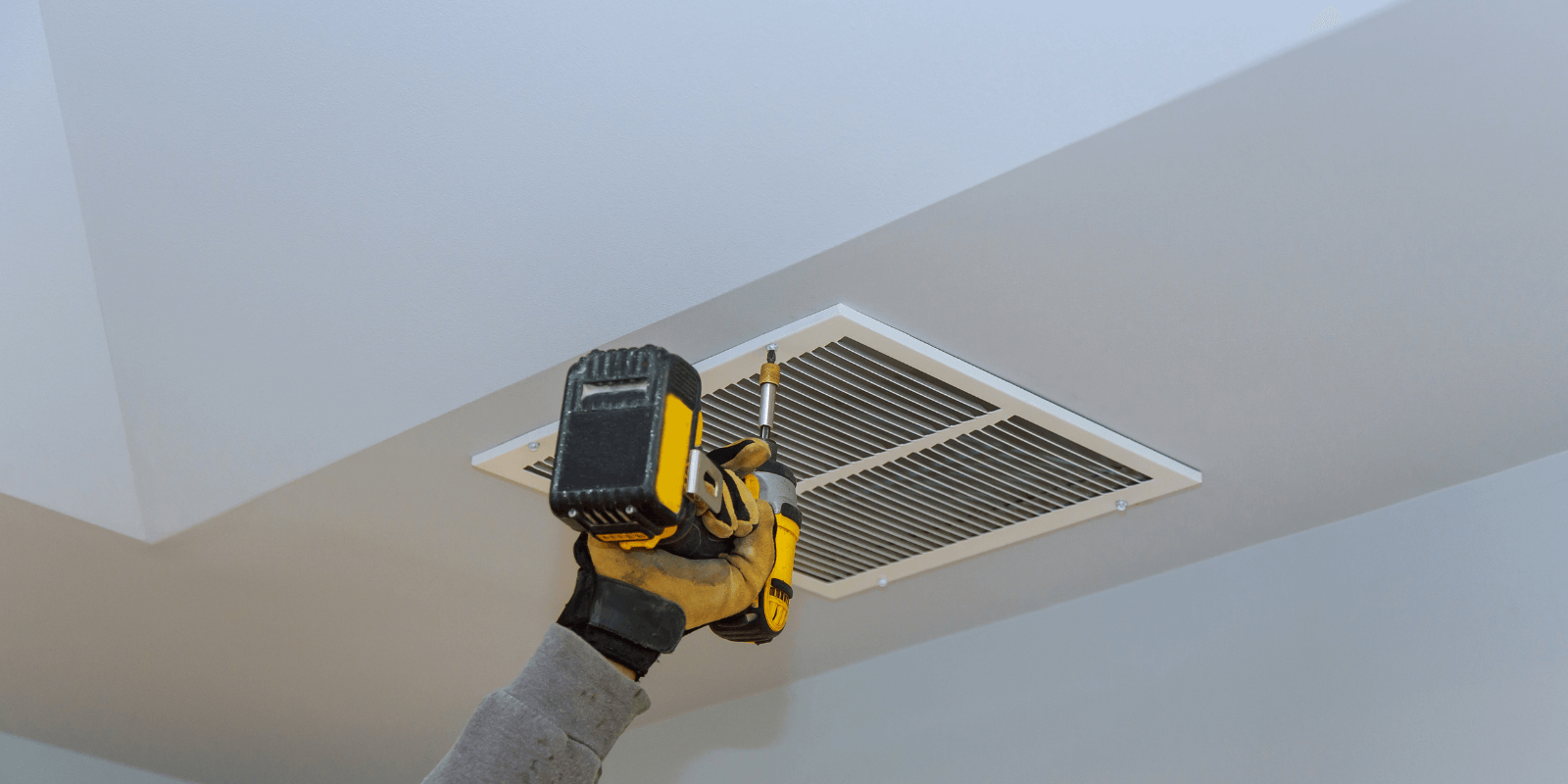The Impact of Oregon’s Climate on Your Chimney

Introduction
Oregon’s climate is as diverse as its landscape. From the wet, mild winters of the Willamette Valley to the snowy peaks of the Cascades and the high desert of the east, our state experiences a wide range of weather conditions. While this variety contributes to Oregon’s natural beauty, it can also pose unique challenges for homeowners, particularly when it comes to chimney maintenance. Let’s explore how Oregon’s climate affects your chimney and what you can do to protect this essential part of your home.
Understanding Oregon’s Climate Regions
Before diving into the specific impacts on chimneys, it’s crucial to understand Oregon’s main climate regions:
- Coastal Region: Characterized by mild temperatures and high rainfall.
- Willamette Valley: Similar to the coast but with slightly more temperature variation.
- Cascade Mountains: Cold winters with heavy snowfall.
- Southern Oregon: Warmer and drier than the northern parts of the state.
- Eastern Oregon: Semi-arid climate with hot summers and cold winters.
Each of these regions presents unique challenges for chimney maintenance.
The Coastal and Willamette Valley Regions: Battling Moisture
Oregon’s coast and Willamette Valley are known for their abundant rainfall. Portland, for instance, receives an average of 36 inches of rain annually. This persistent moisture can wreak havoc on chimneys.
How Moisture Affects Your Chimney:
- Mortar Deterioration: Constant exposure to moisture can cause the mortar between bricks to crumble.
- Efflorescence: You might notice white, chalky stains on your chimney’s exterior. This is a sign of water damage.
- Rusting: Metal components like dampers and flue liners can rust when exposed to constant moisture.
- Mold and Mildew Growth: Damp conditions provide the perfect environment for mold and mildew.
Protecting Your Chimney in Wet Climates:
- Install a Quality Chimney Cap: This prevents rain from directly entering your chimney.
- Waterproof Your Chimney: Apply a breathable waterproof sealant to the masonry.
- Ensure Proper Flashing: The flashing where your roof meets the chimney should be well-maintained to prevent leaks.
- Regular Inspections: In these wet regions, annual inspections are crucial.
The Cascade Mountains: Dealing with Freeze-Thaw Cycles
In the Cascade Mountains, chimneys face a different challenge: freeze-thaw cycles. When water seeps into small cracks and then freezes, it expands, widening the cracks. This process, repeated over time, can cause significant damage.
Impact of Freeze-Thaw Cycles:
- Spalling: This is when the face of bricks flake off due to water absorption and freezing.
- Cracked Flue Tiles: The lining of your chimney can crack, posing a serious safety hazard.
- Chimney Crown Damage: The top of your chimney is particularly vulnerable to this type of weathering.
Protecting Your Chimney in Mountain Regions:
- Ensure Proper Drainage: Your chimney crown should be designed to shed water effectively.
- Use Frost-Resistant Materials: When repairs are needed, use materials designed to withstand freeze-thaw cycles.
- Keep Snow Clear: Remove snow from around the base of your chimney to prevent moisture absorption.
Southern Oregon: Heat and Dryness Concerns
While Southern Oregon doesn’t face the same moisture challenges as the northern part of the state, it has its own set of issues. The hotter, drier climate can lead to:
- Masonry Drying Out: This can cause bricks to become brittle over time.
- Increased Fire Risk: Drier conditions mean a higher risk of wildfires, which can affect your chimney’s safety.
Chimney Care in Southern Oregon:
- Regular Moisturizing: Occasionally spraying your chimney with water can prevent excessive drying.
- Fire-Safe Landscaping: Keep flammable vegetation away from your home and chimney.
- Spark Arrestor: Ensure your chimney cap includes a spark arrestor to prevent embers from escaping.
Eastern Oregon: Extreme Temperature Variations
Eastern Oregon’s semi-arid climate brings its own set of challenges. The extreme temperature swings between hot summers and cold winters can stress chimney materials.
Effects of Temperature Variation:
- Thermal Expansion and Contraction: This can cause materials to crack over time.
- Dry Rot in Wooden Structures: Any wooden elements of your chimney system can be affected by the dry heat.
Maintaining Your Chimney in Eastern Oregon:
- Flexible Sealants: Use sealants that can withstand temperature changes when making repairs.
- Regular Check-ups: Inspect for cracks or damage after extreme weather events.
Statewide Concerns: Wind and Seismic Activity
Regardless of the specific climate region, all of Oregon is subject to certain weather conditions that can affect chimneys:
Wind Damage:
Strong winds can damage chimney caps, cause debris to accumulate, and even lead to structural issues in severe cases. Ensure your chimney cap is securely attached and designed to withstand high winds.
Seismic Activity:
Oregon is in a seismically active region. Even minor earthquakes can cause chimney damage over time. Consider having your chimney reinforced to better withstand seismic activity.
The Role of Proper Ventilation
In all of Oregon’s climate regions, proper chimney ventilation is crucial. It helps to:
- Prevent moisture buildup inside the chimney.
- Reduce creosote accumulation in wood-burning fireplaces.
- Ensure efficient operation of your heating appliance.
Make sure your chimney is properly sized for your fireplace or stove, and that there are no obstructions in the flue.
Climate Change and Your Chimney
As Oregon’s climate continues to change, with predictions of more extreme weather events, chimney maintenance will become even more critical. Stay informed about climate projections for your area and adapt your maintenance routine accordingly.
The Importance of Regular Inspections
Given the variety of climate-related challenges across Oregon, regular professional inspections are more important than ever. The Chimney Safety Institute of America recommends annual inspections, but in some of Oregon’s harsher climates, you might consider more frequent check-ups.
What to Expect During an Inspection:
- Exterior Examination: Checking for visible damage or wear.
- Interior Inspection: Using cameras to examine the flue lining.
- Moisture Check: Looking for signs of water damage or leaks.
- Structural Assessment: Ensuring the chimney is structurally sound.
DIY Maintenance Tips
While professional inspections are crucial, there are steps you can take to maintain your chimney:
- Visual Checks: Regularly look for obvious signs of damage.
- Keep It Clean: Remove debris from around the chimney base and cap.
- Monitor for Changes: Note any new cracks, stains, or odors and report them to a professional.
- Seasonal Preparation: Take extra precautions before the rainy or winter season begins.
Choosing the Right Materials
When repairs are needed, choose materials suited to your local climate:
- Coastal and Willamette Valley: Opt for water-resistant mortars and sealants.
- Cascade Mountains: Use freeze-thaw resistant bricks and mortar.
- Southern and Eastern Oregon: Consider heat-resistant materials for repairs.
The Environmental Angle
As Oregonians, we’re known for our environmental consciousness. Proper chimney maintenance plays a role in this too:
- Efficient Burning: A well-maintained chimney ensures more efficient fuel use, reducing emissions.
- Longevity: By maintaining your chimney, you reduce the need for extensive repairs, conserving resources.
- Safety: Preventing chimney fires protects not just your home, but potentially your entire neighborhood and surrounding natural areas.
Conclusion: Protecting Your Chimney in Oregon’s Diverse Climate
Oregon’s varied climate presents unique challenges for chimney maintenance, but with proper care and attention, you can ensure your chimney remains safe and functional for years to come. Remember, the key is to understand the specific challenges in your region and to be proactive about maintenance.
Don’t wait for problems to arise. Be proactive about your chimney care, adapting your approach to Oregon’s diverse and changing climate. Regular maintenance not only ensures the safety and efficiency of your chimney but also contributes to the longevity of your home.
For expert chimney inspections, maintenance, and repairs tailored to Oregon’s unique climate challenges, trust the professionals at Portland Chimney Sweep and Masonry. With years of experience serving our community, they understand the specific needs of Oregon homes and can provide the specialized care your chimney requires.
Visit https://portlandchimneysweepandmasonry.com/ to schedule your climate-smart chimney inspection or maintenance today. Let’s work together to keep Oregon’s chimneys standing strong against whatever weather comes our way.






Thank you for your sharing. I am worried that I lack creative ideas. It is your article that makes me full of hope. Thank you. But, I have a question, can you help me?
I don’t think the title of your article matches the content lol. Just kidding, mainly because I had some doubts after reading the article.
Can you be more specific about the content of your article? After reading it, I still have some doubts. Hope you can help me.
Your article helped me a lot, is there any more related content? Thanks! https://accounts.binance.com/ru/register-person?ref=V3MG69RO
Thank you for your sharing. I am worried that I lack creative ideas. It is your article that makes me full of hope. Thank you. But, I have a question, can you help me?
Your point of view caught my eye and was very interesting. Thanks. I have a question for you.
Планируете взять проверенный автомобиль подержанную на лучших условиях? В автосалоне [url=https://avtosteklavoronezh.ru]https://avtosteklavoronezh.ru[/url] доступен разнообразный каталог автомобилей — от авто отечественных марок до иностранных машин. Доступны услуги обмена, моментального выкупа и автокредитования от 4,9% годовых. Каждая машина тщательно проверяется и готова к эксплуатации без расходов на ремонт. Всё оперативно, удобно и легально. Смотрите детали — подержанные авто, моментальный выкуп, автокредит Москва.
**mindvault**
mindvault is a premium cognitive support formula created for adults 45+. It’s thoughtfully designed to help maintain clear thinking
**mindvault**
mindvault is a premium cognitive support formula created for adults 45+. It’s thoughtfully designed to help maintain clear thinking
**prostadine**
prostadine is a next-generation prostate support formula designed to help maintain, restore, and enhance optimal male prostate performance.
**sugarmute**
sugarmute is a science-guided nutritional supplement created to help maintain balanced blood sugar while supporting steady energy and mental clarity.
**glpro**
glpro is a natural dietary supplement designed to promote balanced blood sugar levels and curb sugar cravings.
**mitolyn**
mitolyn a nature-inspired supplement crafted to elevate metabolic activity and support sustainable weight management.
**zencortex**
zencortex contains only the natural ingredients that are effective in supporting incredible hearing naturally.
**prodentim**
prodentim an advanced probiotic formulation designed to support exceptional oral hygiene while fortifying teeth and gums.
**vitta burn**
vitta burn is a liquid dietary supplement formulated to support healthy weight reduction by increasing metabolic rate, reducing hunger, and promoting fat loss.
**yusleep**
yusleep is a gentle, nano-enhanced nightly blend designed to help you drift off quickly, stay asleep longer, and wake feeling clear.
**synaptigen**
synaptigen is a next-generation brain support supplement that blends natural nootropics, adaptogens
**nitric boost**
nitric boost is a dietary formula crafted to enhance vitality and promote overall well-being.
**glucore**
glucore is a nutritional supplement that is given to patients daily to assist in maintaining healthy blood sugar and metabolic rates.
**wildgut**
wildgutis a precision-crafted nutritional blend designed to nurture your dog’s digestive tract.
**pineal xt**
pinealxt is a revolutionary supplement that promotes proper pineal gland function and energy levels to support healthy body function.
**energeia**
energeia is the first and only recipe that targets the root cause of stubborn belly fat and Deadly visceral fat.
**boostaro**
boostaro is a specially crafted dietary supplement for men who want to elevate their overall health and vitality.
**prostabliss**
prostabliss is a carefully developed dietary formula aimed at nurturing prostate vitality and improving urinary comfort.
**breathe**
breathe is a plant-powered tincture crafted to promote lung performance and enhance your breathing quality.
**potent stream**
potent stream is engineered to promote prostate well-being by counteracting the residue that can build up from hard-water minerals within the urinary tract.
**hepato burn**
hepato burn is a premium nutritional formula designed to enhance liver function, boost metabolism, and support natural fat breakdown.
**hepatoburn**
hepatoburn is a potent, plant-based formula created to promote optimal liver performance and naturally stimulate fat-burning mechanisms.
**cellufend**
cellufend is a natural supplement developed to support balanced blood sugar levels through a blend of botanical extracts and essential nutrients.
**prodentim**
prodentim is a forward-thinking oral wellness blend crafted to nurture and maintain a balanced mouth microbiome.
**flowforce max**
flowforce max delivers a forward-thinking, plant-focused way to support prostate health—while also helping maintain everyday energy, libido, and overall vitality.
**revitag**
revitag is a daily skin-support formula created to promote a healthy complexion and visibly diminish the appearance of skin tags.
**neuro genica**
neuro genica is a dietary supplement formulated to support nerve health and ease discomfort associated with neuropathy.
Can you be more specific about the content of your article? After reading it, I still have some doubts. Hope you can help me.
**sleeplean**
sleeplean is a US-trusted, naturally focused nighttime support formula that helps your body burn fat while you rest.
**memory lift**
memory lift is an innovative dietary formula designed to naturally nurture brain wellness and sharpen cognitive performance.
Reading your article helped me a lot and I agree with you. But I still have some doubts, can you clarify for me? I’ll keep an eye out for your answers.
VN8888m, what’s up? Heard some good things, jumped in, and haven’t been disappointed. Easy to navigate and the deals are sweet. Give it a try: vn8888m
Been trying out some new pages, and ta777.info is one of the ones that caught my eye. It has a standard layout. But the options are good. Have a look to see if you understand my perspective. Happy puntings. ta777
Alright, 88ffc, let’s see what you got. Navigation’s decent, not bad. Could be a good place to chill and have some fun. Give 88ffc a try, maybe you’ll like it.
abc8a7 is the real deal! Simple, clean, and gets you to your games quick! Great option imo. abc8a7
Can you be more specific about the content of your article? After reading it, I still have some doubts. Hope you can help me.
Your point of view caught my eye and was very interesting. Thanks. I have a question for you. https://www.binance.com/sk/register?ref=WKAGBF7Y
Stumbled upon CODE78WIN recently and I’m hooked! They have a great selection of games and the bonuses are pretty sweet. Def worth checking out code78win if you’re looking for a new place to play!